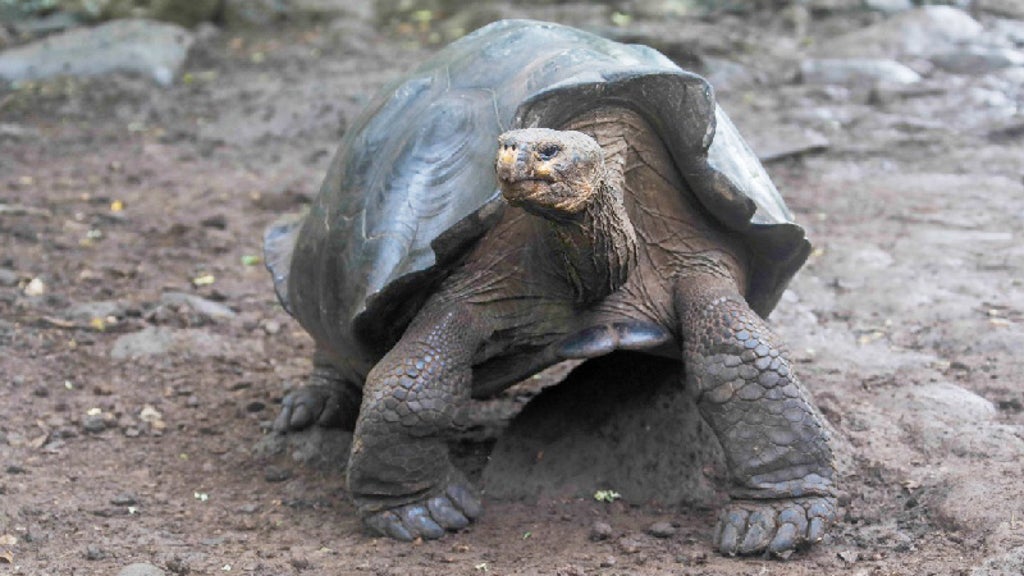
A new species of giant tortoise has been discovered in the Galapagos Islands after scientists found animals living on one side of the archipelago had not previously been recorded.
The study, published last week in the journal Heredity, assessed the DNA of tortoise bone museum samples collected from the highlands of the San Cristóbal island over a century ago and compared them with those of giant tortoises currently living on the island.
Researchers, including those from the University of Newcastle in the UK and Yale University in the US, found that the DNA from the museum samples did not match that of the tortoises currently inhabiting the island.
Until now, scientists thought the tortoises living on San Cristóbal belonged to a single species, Chelonoidis chathamensis, described on the basis of bones and shells collected from a cave during a 1906 California Academy of Sciences expedition to the southwestern highlands of the island.
But the new findings suggested approximately 8,000 tortoises currently living on San Cristóbal may not be rightly called C. chathamensis as they are from a separate lineage with no formal description or scientific name yet.
“The species of giant tortoise that inhabits San Cristóbal Island, until now scientifically known as Chelonoidis chathamensis, genetically corresponds to a different species, which was believed to be extinct since the beginning of the 20th century,” Ecuador’s environment ministry said in a tweet.
Scientists from American nonprofit Galapagos Conservancy, who were also part of the study, said the giant tortoise species whose bones were recovered in 1906 “is almost certainly extinct.”
They said the island had two different lineages of tortoises living together – one in the highlands and another in the lowlands – with each likely having different nesting areas until the highlands species were wiped out in the middle of the 20th century.
Researchers hope to recover more DNA from the extinct species to better inform the classification of the San Cristóbal tortoises and to understand how the current living species is related to the extinct one.
“If future evidence based on nuclear genetic markers confirms that the extinct lineage warrants species status, a new name and type specimen would be required to represent the lineage still living on San Cristóbal today,” scientists wrote in the study.
They said the island consists of two parts that, during times of high sea levels millions of years ago, may have been separate islands.
Each island likely hosted its own tortoise species.
Once sea levels dropped, the two islands may have merged, bringing together the tortoise populations.
Tortoises once used to live in the highlands section, scientists said, adding that these were killed off by whalers and early 20th-century settlers.
Tortoises still live today in the lower and drier northeastern section, the scientists said.
A recent joint expedition found that an estimated 6,000 to 8,000 giant tortoises currently live on San Cristóbal, recovering rapidly from a low 500–700 individuals in the 1970s, thanks to the cessation of poaching and removal of goats.
“Without the museum samples, this important discovery of an additional lineage of Galapagos giant tortoise would not have been possible, underscoring the value of such collections and providing insights into the early evolution of this iconic radiation,” scientists added.







